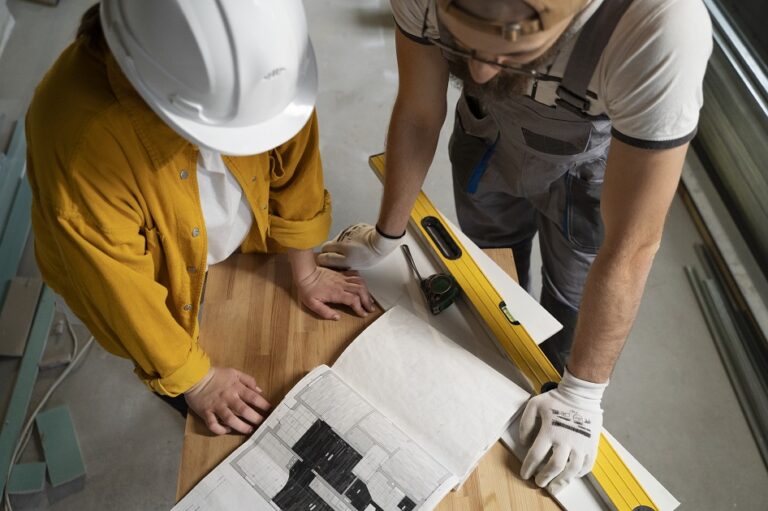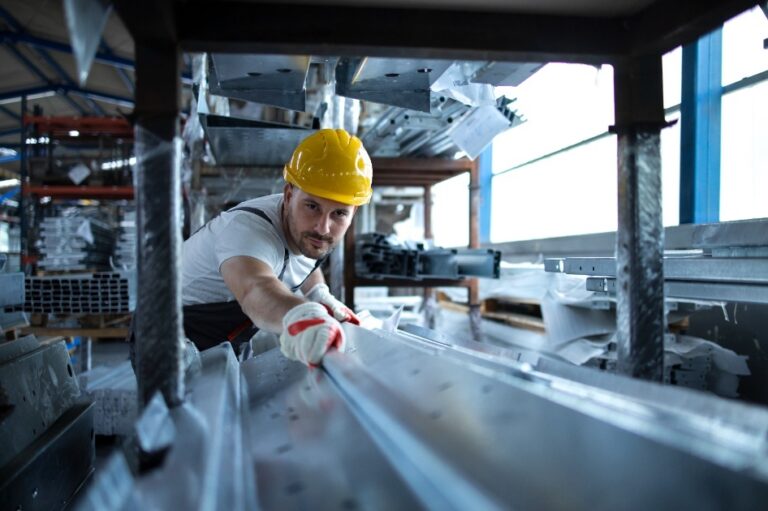Industrial Steel Structural Design: Building the Future with Strength and Precision
Industrial steel structural design is the backbone of modern infrastructure. From towering skyscrapers to expansive industrial plants, steel structures offer unparalleled strength, durability, and versatility. As the demand for resilient, cost-efficient, and sustainable buildings increases, engineers and architects rely on steel to construct structures that stand the test of time. In this blog, we will delve into the core principles of industrial steel structural design, focusing on its significance, key concepts, and best practices.
Why Choose Structural Engineering Training at KES Krishna Education Services?
What is Industrial Steel Structural Design?
Industrial steel structural design refers to the process of planning, creating, and constructing steel frameworks that support the infrastructure of buildings, bridges, factories, and other industrial facilities. Steel, being one of the most widely used materials in construction, is known for its high tensile strength, flexibility, and resistance to wear and tear.
Steel structures are not only cost-effective but also highly adaptable to a range of environments and applications. Their strength-to-weight ratio allows for the construction of massive and complex structures while keeping material costs low.
The Role of Steel in Modern Industrial Design
Steel’s role in modern industrial design cannot be overstated. It is the material of choice for building frameworks that need to bear heavy loads while maintaining flexibility. Steel is employed in various types of structural components, such as beams, columns, and connections, each of which plays a vital role in supporting the overall structure.
Why Steel?
Steel offers several advantages, including:
High Strength-to-Weight Ratio: Steel is incredibly strong, yet relatively light. This makes it easier to handle and more efficient in construction.
Durability: Steel is resistant to many environmental factors such as moisture, corrosion, and fire, making it ideal for harsh industrial environments.
Sustainability: Steel is 100% recyclable, which contributes to eco-friendly building practices.
Design Flexibility: Steel can be molded into almost any shape, which is crucial for complex and bespoke designs.
Core Principles of Industrial Steel Structural Design
The design of an industrial steel structure involves several fundamental principles that ensure the stability, safety, and efficiency of the building. Let’s take a closer look at these essential principles:
Load Considerations and Analysis
Understanding the loads that will act on a steel structure is one of the first steps in the design process. These loads can be divided into:
Dead Loads: Permanent, static loads such as the weight of the structure itself.
Live Loads: Temporary, dynamic loads, including people, equipment, and materials.
Environmental Loads: Loads caused by wind, seismic activity, snow, and temperature fluctuations.
Engineers conduct load analysis to ensure that each component of the steel structure can withstand the forces acting upon it.
Material Selection
Choosing the right material is crucial for any steel structural design. Steel comes in various types, including carbon steel, stainless steel, and alloy steel, each with unique properties.
Carbon Steel: The most common type of steel, suitable for general structural purposes.
Stainless Steel: Highly resistant to corrosion, making it ideal for buildings in harsh environments.
Alloy Steel: Offers enhanced strength and wear resistance, often used in heavy-duty applications.
Material selection depends on the specific needs of the project, including strength requirements, environmental conditions, and cost constraints.
Steel Frame Design
Steel frame construction is the backbone of many industrial buildings. The steel frame consists of beams, columns, and connections that support the structure. Engineers must design the frame to handle both vertical and lateral loads.
Moment-Resisting Frames: These frames resist bending moments and provide strength against lateral loads.
Braced Frames: These frames use diagonal braces to resist lateral forces such as wind or seismic activity.
Structural Stability
Ensuring the structural stability of a steel building is vital. Steel structures must be designed to resist both internal and external forces, ensuring that they don’t collapse under load. This includes ensuring that the connections between beams, columns, and other components are secure.
Connection Design
Connections between different parts of a steel structure (such as beams to columns or beams to beams) are a critical part of the design. The design of these connections ensures that loads are transferred efficiently throughout the structure. Steel connections can be bolted, welded, or riveted, depending on the requirements
Steel Structural Design Process: Step-by-Step Guide
The process of designing an industrial steel structure follows a systematic and detailed approach. The steps involved include:
1. Conceptual Design
In the initial phase, engineers and architects collaborate to determine the overall design concept based on the project requirements. This includes the purpose of the building, the size and scope of the project, and specific environmental considerations.
2. Structural Analysis
Engineers perform structural analysis to assess the forces and loads acting on the structure. Using specialized software like STAAD Pro, SAP2000, or ETABS, they calculate the optimal size, material, and layout for steel components.
3. Detailed Design
In this phase, detailed plans are created, including specifications for the steel components, connection details, and material selection. The design must comply with relevant building codes and standards (such as AISC and Eurocode).
4. Fabrication and Construction
Once the design is finalized, the steel components are fabricated off-site, usually in a factory setting. The steel components are then delivered to the construction site, where they are assembled according to the design specifications.
5. Testing and Inspection
After construction, the structure undergoes thorough testing and inspection to ensure it meets safety standards. This includes load testing and quality checks for welds, bolts, and materials.
Key Advantages of Industrial Steel Structural Design
Cost-Efficiency: Steel structures are often more cost-effective than other construction materials because they are quicker to assemble and require fewer materials for the same strength.
Flexibility: Steel can be easily modified or expanded, making it ideal for buildings that may need to accommodate future growth.
Safety: Steel structures can be designed to withstand extreme forces, such as heavy winds, earthquakes, or fire, offering greater safety for occupants.
Aesthetic Appeal: Steel allows for innovative designs with open spaces, large windows, and sleek lines, making it a preferred material for modern architectural designs.



